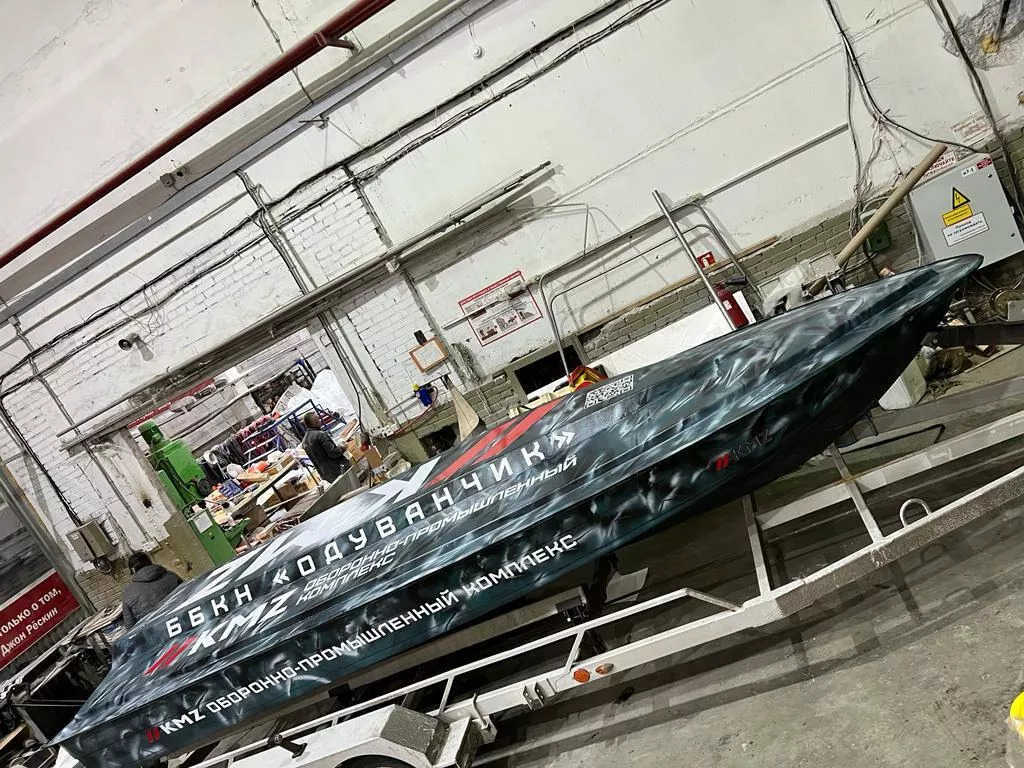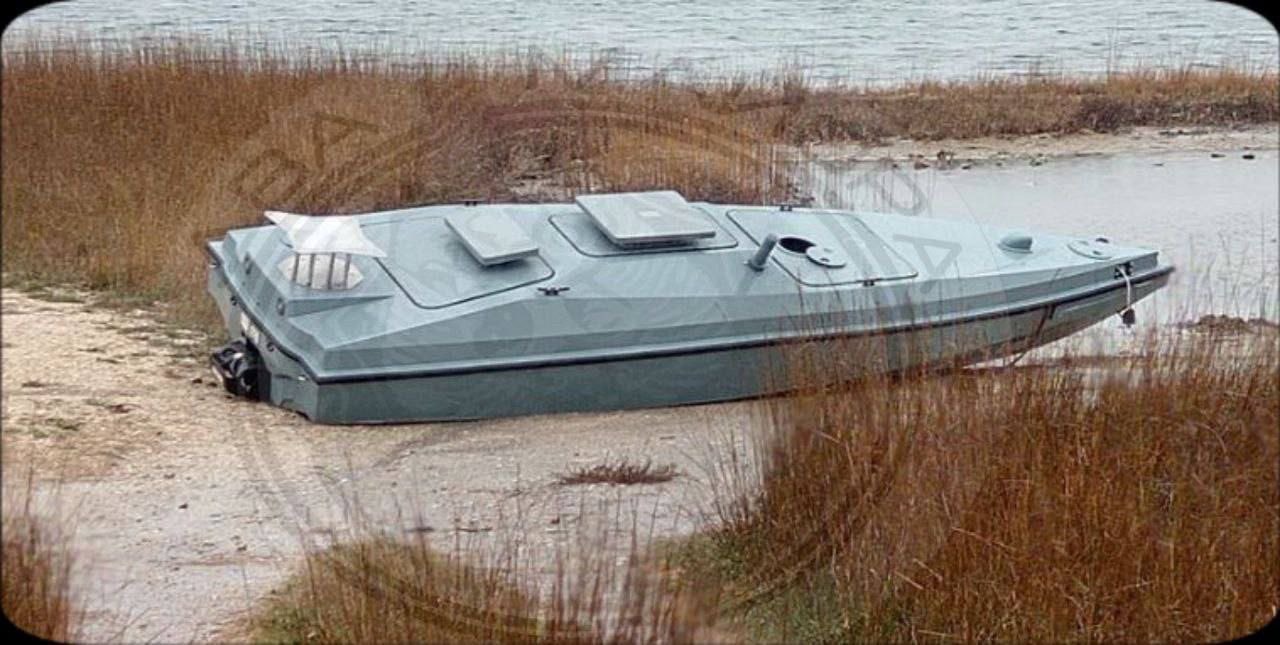The war in the Black Sea could soon witness Russia’s uncrewed surface vessel (USV) to counter Ukrainian kamikaze drone boats that periodically attack its Black Sea Fleet (BSF).
The Russian Ministry of Defense (RuMoD) has announced the conclusion of the development of the first such USV, which is ready for testing in the “Special Military Operation (SMO) zone.”
While the boat will be tested in a region far away from the Black Sea, the implication of Russian defense industry officials’ remarks about the development, trial phase, and design of the USV itself implies that the eventual deployment could be in the seas around Crimea.
Ukraine commenced an unmanned kamikaze drone war in October 2022, periodically attacking Russia’s BSF vessels, sometimes in conjunction with UAVs, manned speed boats, and air-launched cruise missiles like the Storm Shadow/SCALP-EG.
Russia has been defending such strikes by weapons on board its warships, Kamov Ka-25 helicopters, Su-30SM2, and MiG-29 fighters doing strafing runs the boats and Air Defense (AD) missiles like the S-400, Buk, and Pantsir shooting down the incoming ALCMs.
Asymmetric Weapons For Asymmetric Threats
With only tactical successes like destroying a landing craft and a submarine, leaving the BSF intact, Moscow still appears to think that it needs asymmetric weapons to counter such asymmetric threats, as it cannot afford to press in larger capital weapons to destroy simple weapons, that present a disadvantageous cost-to-benefit ratio.
According to a report in RIA Novosti, the first Russian unmanned boat (marine surface drone) for the Ministry of Defense has been built. “The boat will be sent for testing to a special operation zone,” the report quoted the managing director of the military-industrial holding KMZ Mikhail Danilenko.

“The boat has been sent for testing to the North-Eastern Military District zone,” Danilenko said, identifying the USV as the “BBKN “Dandelion.” The abbreviation stands for High-Speed Unmanned Carrier Boat, which the report also specified was the “first device,” suggesting it is the first working prototype, with some time to go until series production is commenced and units begin reaching fleet formations for operational use.
Danilenko confirmed this. “By the end of this year, ten such boats should be built, which will also undergo testing. This will be the first experimental batch,” he said. The first such USVs were developed and built in Russia. The vessels have a speed of up to 80 kilometers per hour and a cruising range of 200 kilometers. TNT, special cargo, escort, and reconnaissance equipment can be used as a payload weighing up to 600 kilograms.
What The Design Suggests
The picture accompanying the report that also went around on several Telegram groups showed a long, aerodynamically sleek vessel. Ports or hatches, if any, for holding antennae, electro-optical systems, or other sensors are not visible.
Possibly, they are not visible at the angle and the light conditions under which the picture is clicked and might be installed when the boat goes for outfitting.
“The boat can be used as a platform to launch an aerial drone and as an anti-drone itself,” the report added. This suggests the whole system can be used as an unmanned kamikaze naval system.
The EurAsian Times had already reported about the test of an aerial drone, where footage from the UAV showed it attacking a target boat, implying that it was being tested and inducted as a counter to the Ukrainian vessels.

It is, therefore, very likely that this UAV can be one of the platforms released from the USVs for striking Ukrainian kamikaze drone boats. The boat resembles one such drone boat, the Sea Baby, that washed ashore on the Crimean coast late in November.
Whether the Sea Baby has inspired the Dandelion is not known. But it is unlikely that the Russian product is entirely based on such examples that have fallen into its hands, which will have only taken broad inspiration from such samples.
- The author can be reached at satamp@gmail.com
- Follow EurAsian Times on Google News




